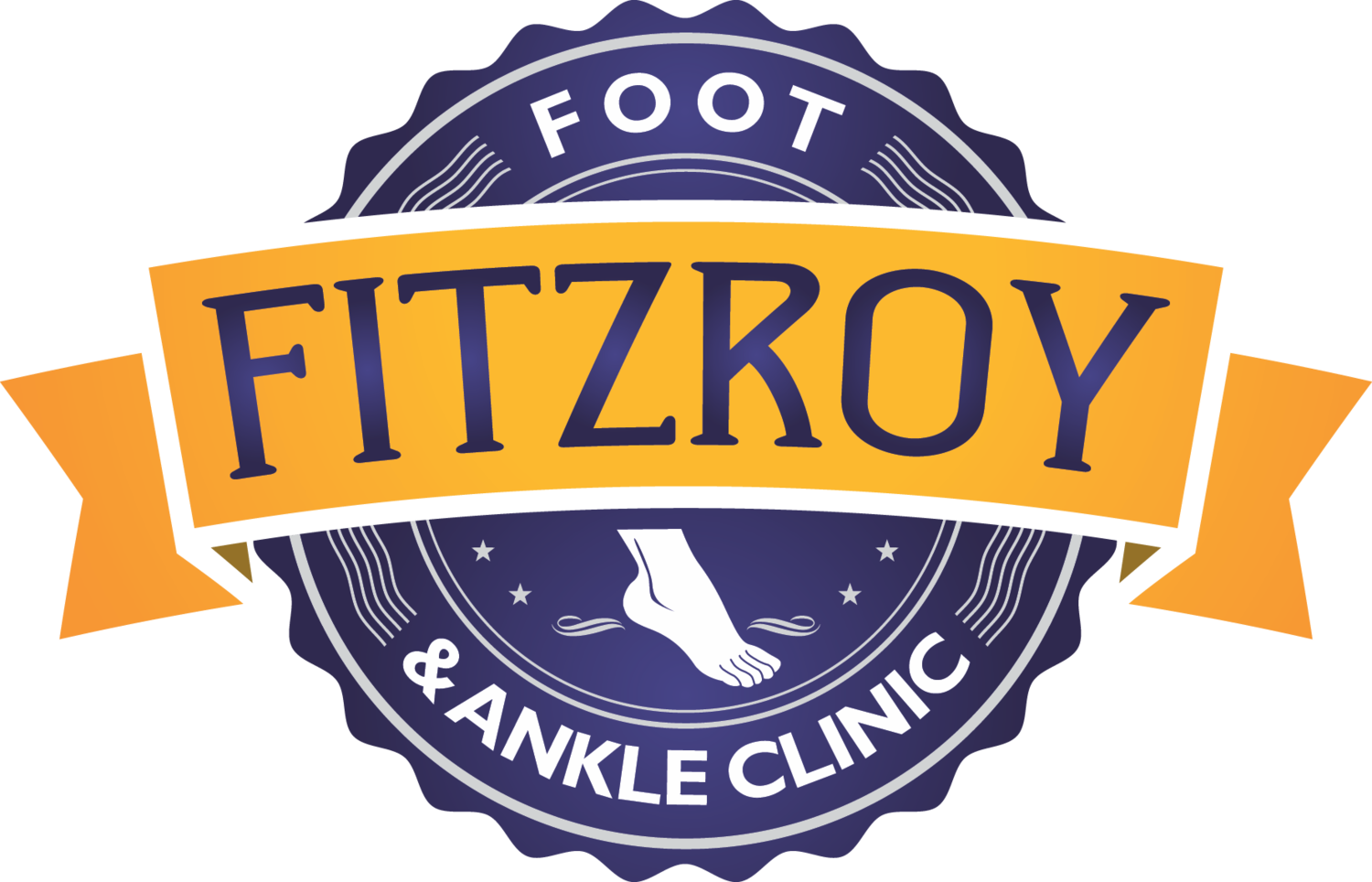There are a number of conditions that cause pain on the bottom of your heel. The most common cause is plantar fasciitis, which affects approximately 1 in 10 people.
The plantar fascia is a ligament-like structure that runs from the bottom of the heel to the ball of the foot, and helps to support the arch.
Plantar fasciitis is characterised by a sharp pain when first getting out of bed in the morning, which reduces with walking. However, the pain may return at the end of the day, and be just as painful as the morning pain.
Risk factors for plantar fasciitis include being overweight, increased time spent standing and a decreased ankle joint range of motion. These risk factors all place extra stress on the plantar heel, resulting in pain. Therefore, addressing these risks are a key part of successful management.
There are a variety of treatments that podiatrists use for plantar fasciitis, however there is no agreement on which treatment is the most effective.
Plantar fasciitis self-care treatments include:
reducing weight (ideally a BMI below 30);
reducing activity levels (e.g. amount of running) or time spent standing;
wearing supportive cushioned footwear (e.g. runners);
performing calf and plantar fascia stretches before standing after a period of rest.
If these treatments fail, there are a variety more complex treatment options, which can be provided by the podiatrists at Fitzroy Foot and Ankle Clinic. Two commonly provided treatments are foot orthotics and extracorporeal shockwave therapy. A number of clinical trials have demonstrated that these treatment options are effective for reducing plantar fasciitis. Given that a combination of treatments is likely to result in an optimal outcome, it is important to have a treatment plan tailored to you as an individual.

